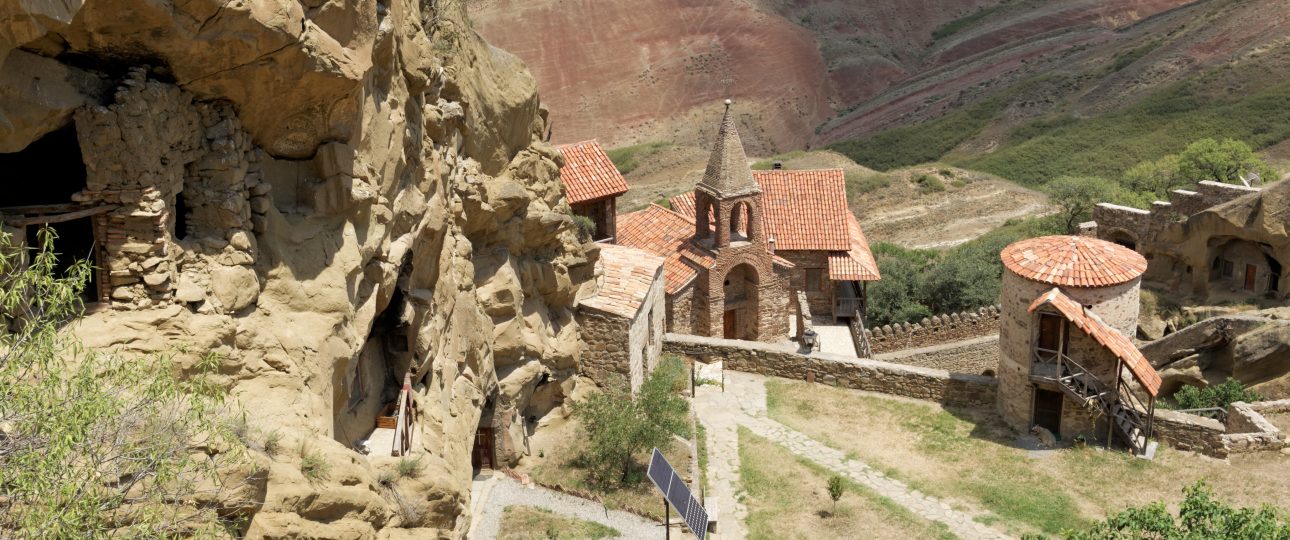Exploring David Gareja Monastery
History and Significance
David Gareja Monastery, located in Georgia, is a remarkable testament to the country’s religious and cultural history. Founded in the 6th century by David of Gareji, one of the thirteen Assyrian monks, the complex has evolved over centuries. His disciples, Dodo and Luciane, expanded the original lavra and established additional monasteries, including Dodo’s Rka and Natlismtsemeli. The site flourished under the patronage of Georgian royalty and nobility, becoming a hub for religious and cultural activities.
Despite its harsh desert environment, David Gareja remained a significant center for religious life. The monastery’s frescoes and wall paintings, dating from the late 11th to early 13th centuries, are considered masterpieces of Georgian art. However, the site has faced numerous challenges, including invasions and political turmoil. It was closed during the Soviet era but has since been revived following Georgia’s independence in 1991. Today, it remains an active monastery and a popular destination for both tourists and pilgrims.
Getting There
David Gareja Monastery is situated about 60 kilometers southeast of Tbilisi. The most straightforward way to reach it is by car or through a guided tour from Tbilisi, which takes roughly two hours. The journey offers a scenic view of the Georgian countryside. Alternatively, public buses run from Tbilisi to the village of Udabno, the nearest settlement. From there, you can hire a local taxi or embark on a challenging hike to the monastery, as the terrain is rugged and steep.
Exploring the Monastery
The monastery complex is divided into several sections, each offering a unique experience. The Lavra section is the oldest and most historically significant, featuring the Lavra Monastery Church adorned with stunning frescoes. The Udabno section, located further east, provides panoramic views of the desert landscape and houses several caves and chapels.
For those seeking adventure, a trek to Dodo’s Rka is worthwhile. Known for its remote location, this section offers ancient hermit cells and breathtaking vistas. The hike can be demanding, so be prepared for a physical challenge.
Best Time to Visit
Spring and autumn are the ideal times to visit David Gareja Monastery, as the weather is mild and pleasant. Summer can bring crowds, while winter weather can be unpredictable. Always check the forecast before planning your trip to ensure a comfortable visit.
Local Transportation
Transportation options to David Gareja are limited. Hiring a taxi from Tbilisi is convenient but can be expensive. Joining a guided tour is another option, providing transportation and insights into the monastery’s history and significance. This allows you to focus on the experience without the stress of navigating unfamiliar roads.
David Gareja Monastery is not just a site of historical and cultural importance; it is a place where the past and present converge, offering visitors a profound glimpse into Georgia’s rich heritage. While the journey may be challenging, the rewards are well worth the effort.



